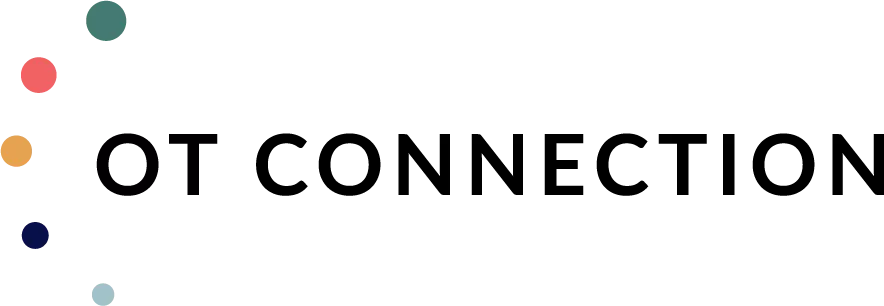Our Services ——
Providing Care for All of Your Pediatric Therapy Needs
Sensory Integration Therapy
Developmentally, children spend the first eight years of life experiencing and challenging their bodies and their environment. Their minds are alive with information received through touch, taste, vision, smell, and sound. This stage in their development is crucial. It lays the foundation with which a child gains skills, self-confidence, and mastery of his/her body and their environment. Children express happiness in themselves and the world around them when development occurs as expected.
What is Sensory Integration?
Sensory Integration is a term that describes the brain’s ability to take in information from the senses, organize it, and respond to it during experiences of daily life. It is a process that helps mature the brain and physical body. The three primary sensory systems are the tactile system (our ability to touch something and comprehend it, including the sense of pain and temperature), the vestibular system (located in the inner ear and involved in balance, equilibrium, postural control, muscle tone and eye-hand coordination) and the proprioceptive system (involved in determining spatial relationships with our body and the world around us).
Through the senses, children are able to make sense out of their physical bodies and out of the physical world, which leads to adaptive responses to the environment. The senses lay critical foundations for normal development, impacting on gross and fine motor development, speech and language production, social and emotional maturity, and behavior and learning.
Challenges with sensory integration can occur in several different ways. One way is that the brain has a very high threshold of need for specific sensations, which then drives the person to seek out high intensity sensory activities in order to help make sense of the world.

What are some common examples?
For example, a child with a high threshold need in the movement system may be constantly on the move, constantly wiggling, jumping, and crashing. Another potential area of challenge in sensory processing involves sensory defensiveness. Sensory defensiveness is a misinterpretation of sensation, which usually results in a very low threshold trigger (small amounts of sensation) activating protective responses of flight/fright/fight to different sensations.
Sensory Integration Dysfunction may be observed by an unusual response to touching, being touched, moving, and being moved. When a child avoids typical sensations, or seeks excessive stimulation they may be at risk for a Sensory Integration or Sensory Processing Disorder.
What to expect from Sensory Integration Therapy?
Through evaluation, involving checklists completed by care-givers and observations during play, a child’s strengths and challenges in the different sensory systems will be identified. A child may have either sensory defensiveness, sensory seeking behaviors, or both. An individualized treatment plan is created for each child.
Promoting Play
Play is a child’s work. It is through play that children can be engaged to interact with their environments, be motivated to challenge themselves, and participate in activities that will help them to perceive and respond to their environment. Since treatment is play-based, it may look like your child is simply playing; jumping on a trampoline, swinging, playing in shaving cream, etc. However, the process is complex and interactive, with the therapist identifying specific sensory needs, then continually adapting play activities, presenting new challenges for the child, and integrating these tasks with the child’s interests and self-drives in mind. Through this process the child is then set up for improvements with self-regulation, postural control, motor planning and sequencing, eye/hand coordination, fine motor skill development, social and emotional development, and academic learning.

